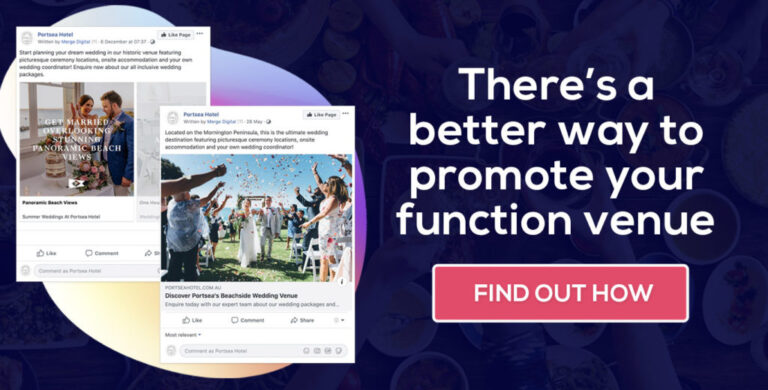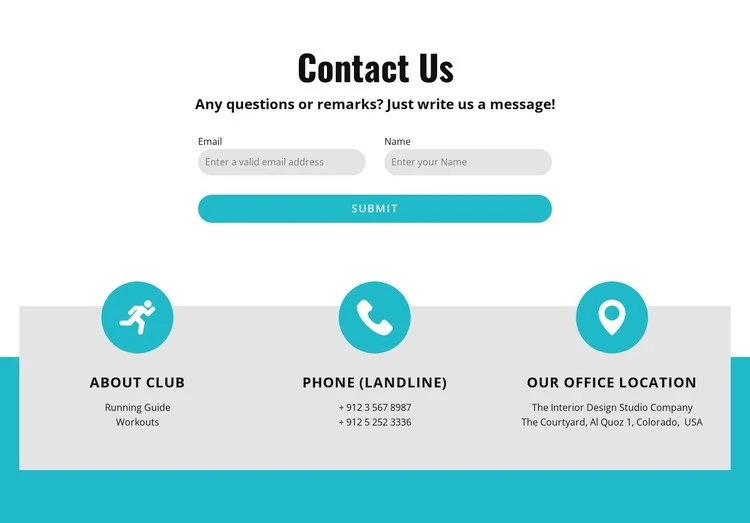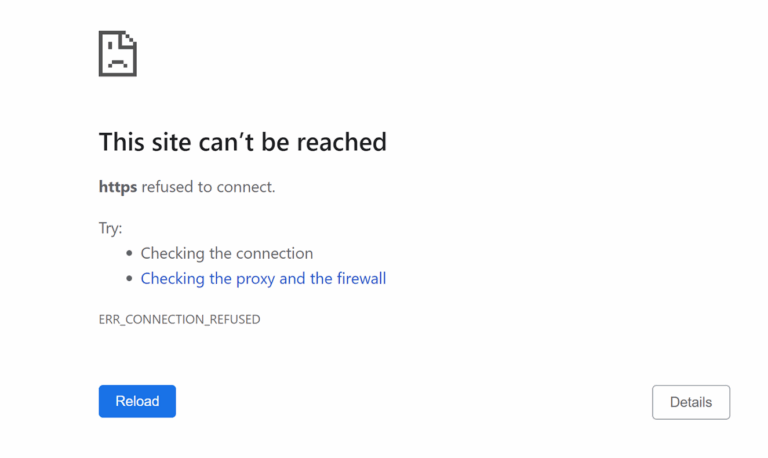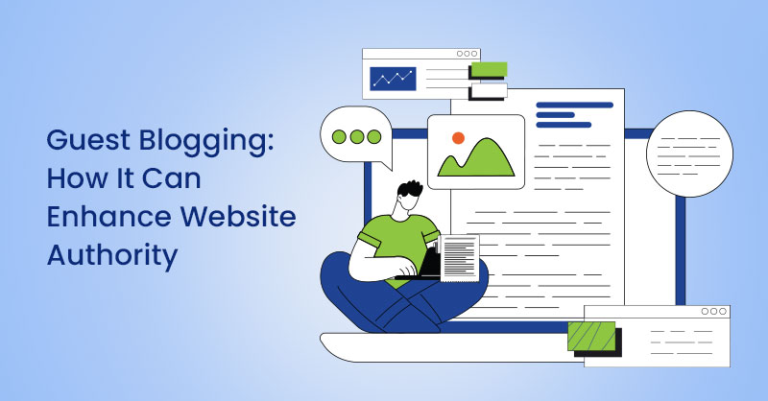How to Improve Bounce Rate Effectively
A high bounce rate signals that visitors either fail to find relevant information or encounter a subpar user experience, leading them to exit after viewing just one page. This not only reduces engagement but also weakens SEO rankings. Enhancing the bounce rate requires a strategic approach, optimizing content, refining website design, and improving overall user interaction to keep visitors engaged.
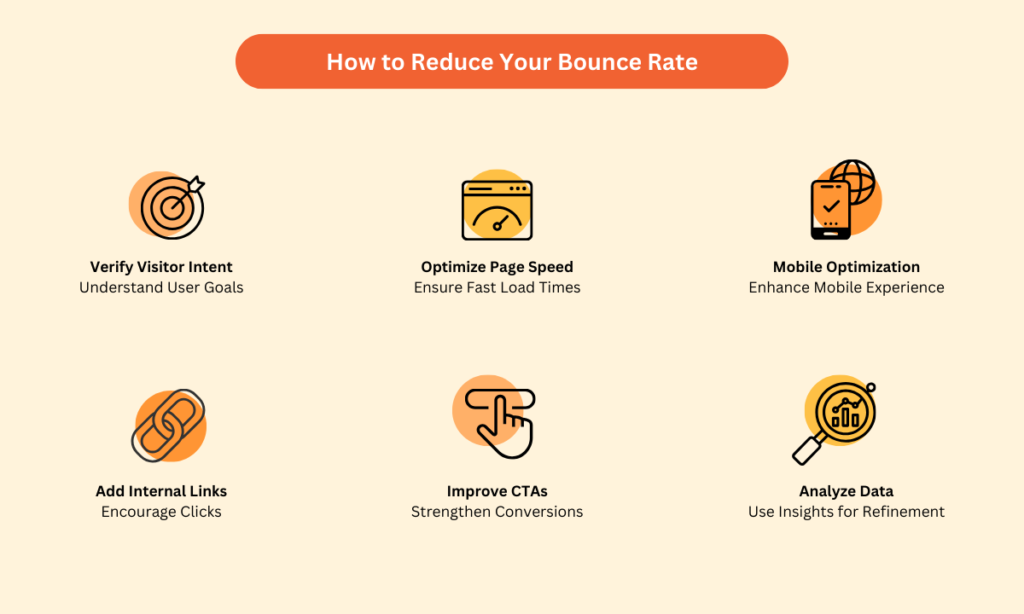
Why Do Visitors Leave Your Website Too Soon?
A bounce rate represents the percentage of users who exit a website after viewing a single page. Several factors contribute to this issue, including slow load times, poor mobile optimization, cluttered layouts, weak calls to action, and misleading meta descriptions. If users don’t find immediate value, they won’t stay. Addressing these issues is essential for reducing abandonment and increasing engagement:
Slow Load Times Drive Users Away
Speed is one of the most imperative factors in user retention. A page that takes more than a few seconds to load leads to frustration, causing visitors to leave before interacting with content. Optimizing images, enabling browser caching, and reducing unnecessary scripts can significantly improve page speed.
Poor Mobile Optimization Reduces Engagement
More than half of web traffic comes from mobile devices. A site that isn’t mobile-friendly will discourage interaction. A responsive design, easy-to-click buttons, and properly scaled images improve mobile usability, making it easier for visitors to navigate and stay engaged.
Weak Calls to Action Create Confusion
Visitors need clear direction on what to do next. If CTAs are vague or missing, users may exit without exploring further. Strong, action-driven phrases like “Get Started,” “Learn More,” or “Try for Free” encourage engagement. Placing CTAs strategically throughout the page increases interaction.
How to Improve Website Usability
A complicated site structure makes it difficult for visitors to find what they need, leading to frustration and quick exits. Organizing content with clear categories and minimal dropdowns enhances accessibility and keeps users engaged. A prominent search bar allows for quick content discovery, reducing the need for excessive scrolling.
Additionally, a clean and structured layout with consistent fonts, ample whitespace, and well-placed elements improves readability. Simplifying the user journey and eliminating clutter encourages visitors to stay longer and explore more pages.
How to Optimize Website Speed for Better Retention
Speed directly influences how long users stay. A sluggish site drives visitors away, but a fast one encourages engagement. This is how you can optimize your website:
Compress Images and Media Files
Large files slow down websites. Converting images to WebP format or compressing them with tools like TinyPNG reduces load time without sacrificing quality.
Use Browser Caching
Browser caching allows users to store website data on their devices, reducing load time on repeat visits. This speeds up performance and enhances the browsing experience.
Minimize Unnecessary Scripts
Excessive plugins, tracking scripts, and bloated code increase load time. Optimizing JavaScript and CSS files through minification improves page speed.
How to Engage Visitors with Interactive Elements
Incorporating interactive content keeps visitors engaged and encourages them to stay longer. Videos and multimedia provide a dynamic way to present information, making complex topics easier to understand while reducing reliance on lengthy text. Features like quizzes and polls promote user interaction, encouraging participation and deeper engagement.
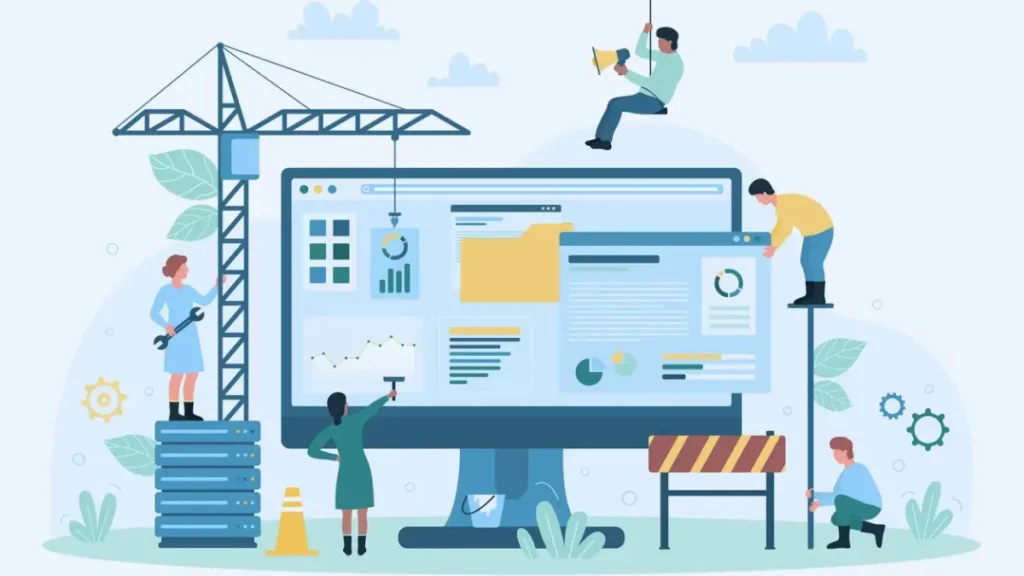
Additionally, offering live chat support allows for real-time assistance, addressing user concerns instantly and increasing the likelihood of conversions. By integrating these elements, websites create a more engaging experience that reduces bounce rates and enhances user retention.
How to Improve Content for Higher Engagement
Content structure plays a compulsory role in reducing bounce rate. If users struggle to read or navigate information, they’ll leave.
Make Content Readable and Scannable
Dense, unstructured text can be too much for visitors. Using short paragraphs, subheadings, and bullet points where necessary improves readability and keeps users engaged.
Match Content to Search Intent
Users expect relevant information when they land on a page. Misleading titles or keyword stuffing results in quick exits. Crafting content that aligns with user intent, whether informational, transactional, or navigational, encourages deeper engagement.
Incorporate Internal Links
Internal linking guides visitors to related content, increasing the time they spend on the site. Linking to relevant articles or resources naturally encourages users to explore further.
How to Measure and Improve Bounce Rate with Data-Driven Insights
Regular analysis helps identify weak points and opportunities for improvement. Google Analytics provides valuable insights by highlighting pages with the highest bounce rates, revealing patterns in user behavior through metrics like average session duration and exit rate. Conducting A/B tests on elements such as headlines, CTAs, and layouts helps determine what resonates best with users, leading to better engagement.
Additionally, identifying and optimizing high-bounce pages by refining content, enhancing readability, and strengthening CTAs ensures a more compelling user experience. By consistently monitoring and adjusting based on data, websites can maintain lower bounce rates and drive better results.
Final Thoughts
A high bounce rate isn’t just a metric, it’s a direct reflection of user experience, engagement, and conversion potential. When visitors leave after a single interaction, it weakens SEO rankings and diminishes brand credibility. The key to improvement lies in faster load times, mobile optimization, engaging content, and a seamless guide, ensuring visitors stay longer and explore more.
By prioritizing usability, relevance, and engagement, businesses can turn fleeting visits into lasting interactions, driving stronger retention, better conversions, and long-term growth.

